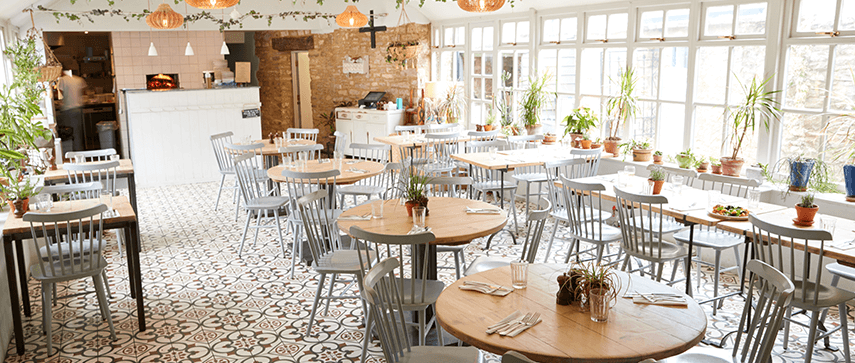Waking up to an early alarm, counting steps on your Fitbit, prepping meals, drawing workout plans through the week; we are hooked to keeping ourselves fit and will go to great lengths to achieve the same. There is no denying the fact that application programming interface or API is the secret recipe behind the curtains.
Right from reminding us to keep hydrated, to delivering medicines at our doorsteps, counting calories before we even eat the cake and managing doctor’s appointments; health connectivity is now a global phenomenon helping people lead fuller lives every day.
In recent years, the global healthcare industry has seen radical changes, right from finding cures to previously incurable conditions, to finding better means for streamlining modes of treatment. Science and technology have worked together to create a better doctor-patient experience and healthcare APIs play a key role in it.
What Is Healthcare API?
API stands for Application Programming Interface enables unrelated software to connect with one another. APIs act as a bridge between applications, allows data to flow freely regardless of how apps were initially designed.
Why API?
Enabling trust in the minds of the patients, and confidence in the minds of healthcare providers, APIs have paved the way for innovative development in the health sector. Several healthcare companies have found a use for mobile and web applications, to be able to work more efficiently with their partners, insurance firms, patient support groups, government firms and to provide vital information to patients. Let’s take a quick look at the benefits of APIs.
Investor Magnet
Read More:healthcare APIs
